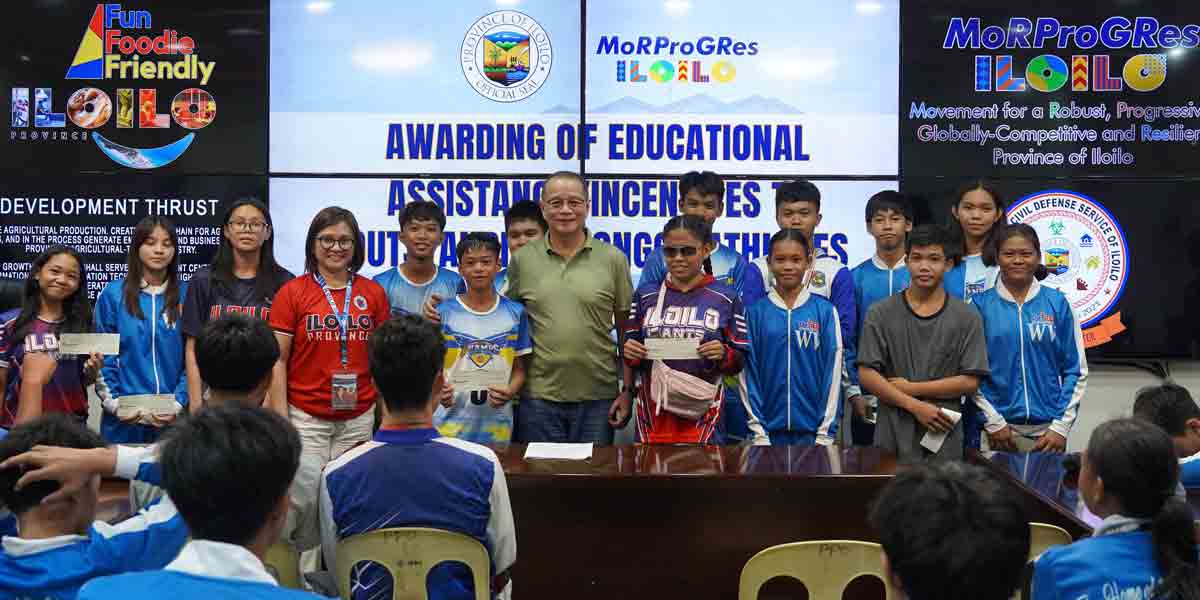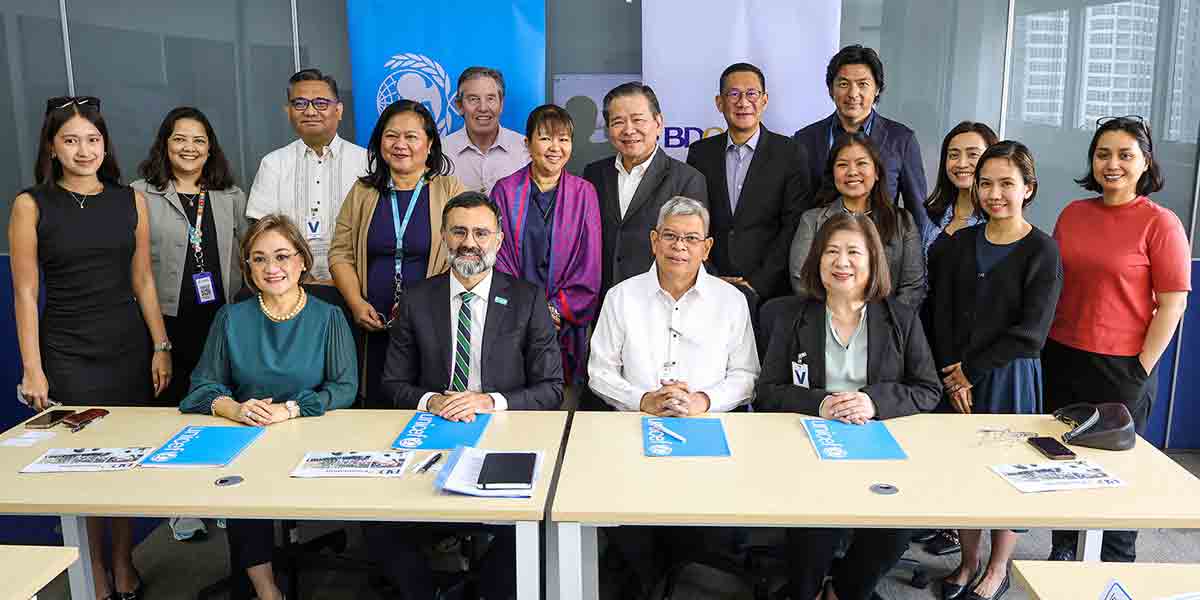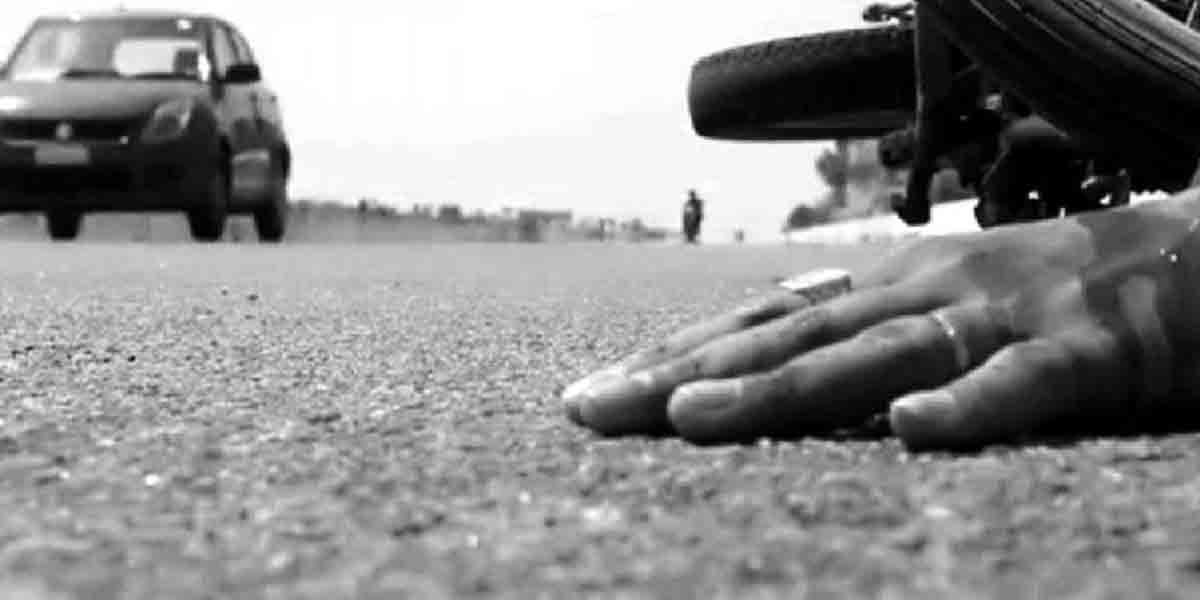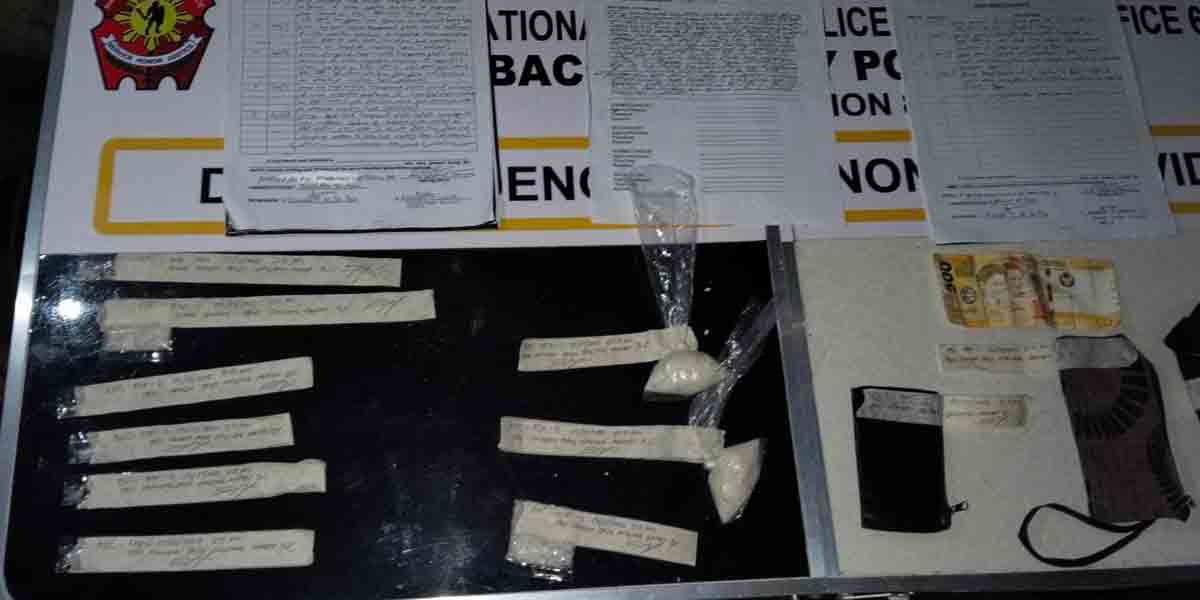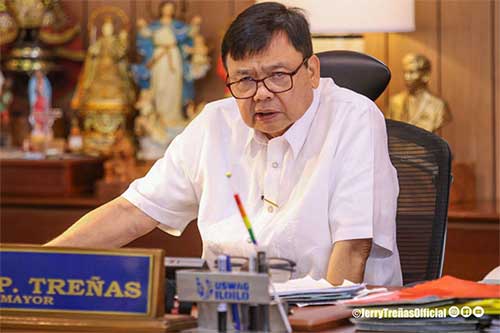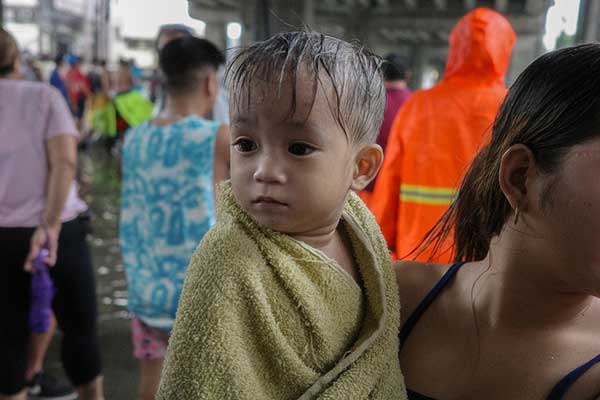
UNICEF is deeply concerned for children as the trail of destruction caused by the Typhoon Carina (known internationally as Gaemi) and the Southwest Monsoon become clear.
The combined effects brought heavy to intense rains in the past days in Metro Manila, Northern Luzon, and Central Luzon.
UNICEF is similarly concerned by multiple weather systems affecting children in the Bangsamoro Autonomous Region in Muslim Mindanao. Widespread flooding, road closures, and power outages are forcing many families in low lying areas to evacuate.
The opening of the new school year on 29 July may be at risk with thousands of schools severely affected and some being used as evacuation centers.
In any emergency, children are among those who suffer the most. They continue to bear the brunt of extreme weather events exacerbated by climate change.
According to UNICEF studies, the Philippines has the highest number of children displaced in the last six years from weather-related events at 9.7 million1, while 97 per cent of children in the Philippines experience three or more types of shock, hazard, or stress2.
While children in the Philippines have the highest level of eco anxiety in the world3, they are also the most resilient and engaged4.

UNICEF is committed and ready to provide support to the Philippine Government to reach the most vulnerable. As co-leader of the water, sanitation, and hygiene; education, nutrition, and child protection clusters, UNICEF is coordinating and monitoring with partners at the national and local levels.
The agency has prepositioned emergency supplies for nearly 10,000 families to respond to affected people’s needs for safe drinking water, sanitation, hygiene, nutrition, education, and child protection.
These supplies include schools-in-a-box, family hygiene and dignity kits, tents, water purification tablets, and ready-to-use therapeutic food, among others. UNICEF and partners are ready to immediately distribute these supplies upon Government request.
“Children in the Philippines should not have to fear for their lives every time a strong typhoon comes. The climate crisis faced by countries like the Philippines is changing the lives of children. Children are robbed of the ability to live happy and healthy lives, threatening their future, and exposing them to harm. While they are vulnerable, children and young people do have an active role to play in reducing risk and working with adults. They bring critical skills, experiences, and creative solutions,” UNICEF Philippines Representative a.i. Edgar Donoso Paz said.
2 https://www.unicef.org/eap/reports/over-tipping-point
3 https://www.thelancet.com/journals/lanplh/article/PIIS2542-5196(21)00278-3/fulltext
4 https://www.unicefusa.org/sites/default/files/2023-09/UUSA_Eco-Optimism_Report.pdf










